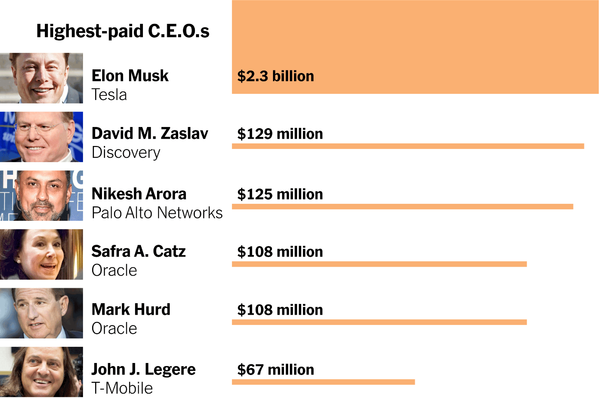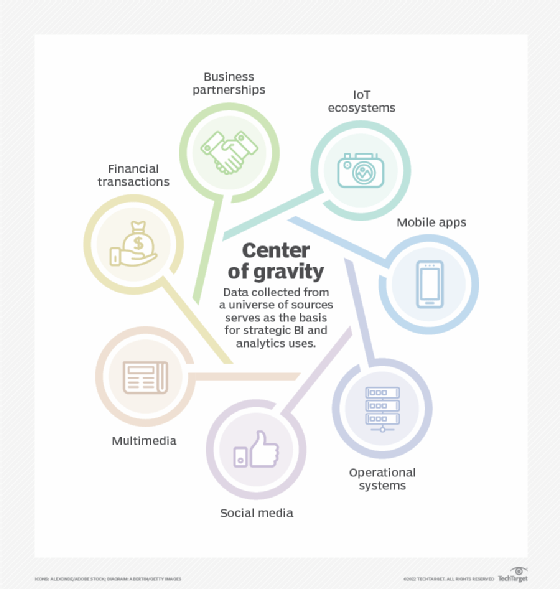What Makes An ETF Successful?
Exchange traded funds (ETFs) are popular investment vehicles used to gain exposure to a variety of asset classes and markets. An ETF is a fund that holds a basket of securities and trades on a public exchange, similar to a stock. Successful ETFs offer investors low costs, diversification, and liquidity. For ETFs to be successful, they must have strong investor interest, efficient management, and cost-effective exposure to their underlying investments. ETFs must also offer competitive fees and be well-designed to meet the needs of their target investors. An ETF that is able to satisfy these criteria will be more likely to be successful in the long run.
Understanding the Basics of an ETF
An Exchange Traded Fund (ETF) is an investment vehicle that tracks an index, a sector, an asset class, or a basket of assets in a single fund. ETFs offer investors the convenience of investing in a diversified portfolio of assets in one fund, thereby reducing the complexity and cost associated with investing in multiple individual securities. ETFs are traded on exchanges, just like stocks, so investors can easily buy and sell their holdings during regular trading hours and benefit from the liquidity of the underlying securities. ETFs also provide exposure to a wide variety of asset classes, allowing investors to gain access to international markets and potentially capture returns from a variety of different index components. They also have the potential to provide tax efficiency, as ETFs are structured in a way that minimizes taxes on underlying investments. Understanding the basics of ETFs can help investors make informed decisions about their investments.
Benefits of Investing in ETFs
Exchange-traded funds (ETFs) offer investors a wide range of benefits, making them an ideal way to diversify and take advantage of the stock market. ETFs are a low-cost way to invest in a variety of stocks, bonds, commodities, and other financial instruments, allowing you to diversify your portfolio with minimal effort. ETFs are also relatively liquid and can be bought and sold quickly, allowing investors to take advantage of short-term market movements. Additionally, because ETFs are passively managed, they typically have lower management fees than actively managed funds, resulting in greater returns for the investor. With the wide variety of ETFs available, investors have the flexibility to tailor their portfolio to their financial objectives, risk tolerance, and investment timeline. Investing in ETFs can be a great way to diversify your portfolio and maximize your returns.
Types of ETFs
Exchange Traded Funds (ETFs) are a great investment option for investors looking to diversify their portfolios. ETFs offer a variety of different types, including equity ETFs, bond ETFs, and commodity ETFs. Equity ETFs track the performance of a particular stock index, while bond ETFs track the performance of a bond index. Commodity ETFs track the performance of commodities such as gold, silver, and oil. ETFs provide easy access to a broad range of markets and provide a cost-effective way to diversify an investment portfolio. Additionally, ETFs are highly liquid, making them ideal for investors who need to quickly access their money. With so many different types of ETFs, investors can easily find one to match their investment objectives.
Factors that Determine the Success of an ETF
An Exchange Traded Fund (ETF) can be a great way to diversify your portfolio and get exposure to different markets. However, for an ETF to be successful, there are a few factors that need to be taken into consideration. The ETF’s underlying asset, management fees, tracking error, liquidity, and overall market conditions all play an important role in its success. The underlying asset should be one that has the potential to appreciate over time. Management fees should be kept low, as higher fees tend to reduce returns. Tracking error, which is a measure of how closely the ETF follows the underlying asset, should be kept low as well. Liquidity is also an important factor, as it allows investors to easily buy and sell the ETF. Finally, market conditions should be taken into account, as economic and political news can affect the ETF’s performance. By paying attention to these factors, investors can increase their chances of being successful with their ETF investments.
Strategies to Maximize the Success of an ETF
Exchange traded funds (ETFs) offer investors the opportunity to diversify their portfolios, access a variety of asset classes, and potentially increase their returns. To maximize the success of an ETF, investors should develop a comprehensive strategy that includes a diversified portfolio, a well-defined risk tolerance, and an understanding of the underlying asset. Additionally, investors should evaluate fees associated with ETFs, be mindful of trading costs, and understand the tax implications of their investments. By taking these steps, investors can set themselves up for success with ETFs and achieve their financial goals.
Common Pitfalls to Avoid when Investing in ETFs
Investing in ETFs can be a great way to diversify your portfolio. However, like any other investment, it is important to be aware of potential pitfalls and risks. Common pitfalls to avoid when investing in ETFs include not understanding the underlying investments, incurring excessive trading costs, and not paying attention to tax implications. Knowing the underlying investment can help you make informed decisions and avoid investing in ETFs that may not align with your goals. Additionally, watch out for high trading costs, as they can eat into your profits. Lastly, be mindful of tax implications when investing in ETFs, as some may be more tax-efficient than others. By avoiding these common pitfalls, you can maximize the potential of your ETF investments.
FAQs About the What Makes An ETF Successful?
Q1: What factors contribute to the success of an ETF?
A1: ETFs are successful when they have low costs, are well diversified, and have a track record of solid returns. Additionally, ETFs that track well-known indices, such as the S&P 500, are often more successful than those that track obscure indices.
Q2: What makes an ETF more attractive than a mutual fund?
A2: ETFs typically have lower costs than mutual funds, and are also more tax efficient. Additionally, ETFs are more liquid than mutual funds, allowing investors to enter and exit positions more quickly.
Q3: Are ETFs more volatile than stocks?
A3: ETFs can be more volatile than stocks, depending on the types of securities or assets they hold. ETFs that contain higher-risk securities, such as leveraged ETFs, are more likely to experience higher levels of volatility than stocks.
Conclusion
In conclusion, an ETF’s success is largely dependent on its underlying portfolio, fees, and its ability to provide investors with the necessary liquidity and diversification. ETFs that offer low costs, broad diversification, and attractive yields tend to be more successful. Additionally, ETFs with good liquidity, strong tracking of their underlying index, and good tax efficiency can help to improve the long-term success of an ETF. Ultimately, ETFs are an attractive investment option for many investors due to their potential for long-term success.





